Landing pages are a crucial part of marketing campaigns, yet creating them remains a persistent challenge for many marketing teams. Whether due to inefficiencies, technical limitations, or lack of control, these roadblocks slow down campaign execution and hinder marketing performance. And although there are a number of reasons for these hiccups, there are four common key challenges marketers face when building landing pages.
In this blog, we’ll dive into these challenges that challenge marketers, the most common ways landing pages are built today (and why they’re failing the teams who use them), and how to unblock a broken content supply chain.
But first, who actually touches landing pages, i.e., who will benefit from a better system?
The marketing players: Who creates landing pages?
Several people are involved in creating a landing page for a campaign—similar to those who touch a marketing email. Understanding who these players are and their roles can help avoid production delays and help ensure a landing page performs as everyone involved wants it to.
Marketing Ops manages marketing projects and ensures quality output. They focus on campaign strategy and analytics and rely heavily on specialized teams (who are often busy and expensive) to build landing pages and emails.
The Digital Team develops and deploys digital assets and content. They make campaign deployments as effective as possible by improving assets’ performance on each iteration. Their work is dependent upon the Web Team to build landing pages.
A Web Team develops and deploys web-based assets and content. This team develops web assets while maintaining the company website. Typically, they don’t have much time to dedicate to landing pages since they receive many requests from other areas.
Sales works with Marketing to develop and convert opportunities. A Sales team needs to understand who is engaging with the campaigns in order to reach out to potential customers effectively. They use existing templates and the Marketing team to understand which content is most effective.
Product works with Marketing to define and educate buyers on the value of the product. This team creates content, defines the target audience, and assists in defining distribution channels and message optimization.
All of these roles have a stake in the landing page-creation game—and more importantly, they must work together to get a campaign out the door.
The challenges marketers face when creating landing pages
Now that we have a better understanding of who is involved in the process, we’ll review the major landing page challenges every team faces (regardless of role). Then, we’ll dive into the two common ways to build landing pages that lead to a disjointed workflow. What’s more, we’ll show you just how to spot these problems and what to do to fix them.
1. Time: the ultimate waiting game
Time is the most common obstacle when it comes to landing page creation. Marketers often depend on the Web Team to build pages from scratch or create new templates. This then leads to frustrating bottlenecks.
In many cases, marketers must squeeze new content into pre-existing templates that may not fit their needs, sacrificing agility and limiting A/B testing opportunities. The result? Delays that slow down campaigns and reduce their effectiveness.
2. Control: disjointed workflows and approval chaos
Marketing teams need more tools and resources to streamline the landing page creation process. Without a centralized system for building, managing, and approving campaign assets, teams struggle to maintain consistency across various touch points. Furthermore, inefficient review processes add unnecessary time pressure, making it even harder to launch campaigns quickly and cohesively.
3. Integrations: the ESP/MAP challenge
Marketers often build landing pages using email service providers (ESPs) or marketing automation platforms (MAPs), but these platforms offer rigid, inflexible templates that frequently require Web Team intervention. Even integrating an external landing page builder with ESPs or MAPs can be a major headache. Worse yet, when teams rely on hand-coded forms within these platforms, they risk functionality issues that further slow down deployment.
4. Usability: complexity vs. flexibility
Many landing page builders are either too complex for non-technical users or too rigid to accommodate evolving marketing needs. Marketers need a solution that strikes a balance—one that provides intuitive design tools and content flexibility while maintaining brand and design standards. Without this balance, teams struggle with inefficiencies, brand inconsistencies, and pages that fail to perform.
How marketers build landing pages today—and why it’s not working
In trying to deal with these four challenges, it’s obvious there’s a need to democratize the landing page creation process. Marketers and non-technical team members should feel enabled to create landing pages without waiting for Web Team availability. However, the two most common methods of landing page creation today don’t exactly support this goal effectively.
Let’s see why:
1. Stand-alone page builder
- Very flexible but requires significant practice and training, leading to more time spent and difficulty scaling the creation process.
- Lack of guardrails increases the risk of breaking brand guidelines, often requiring a centralized Marketing Ops role, which causes bottlenecks.
- No built-in commenting and approvals function, raising the risk of errors or inconsistencies.
2. ESP/MAP page builder
- Difficult to learn and easy to break, potentially damaging key relationships within the ESP/MAP.
- Inflexible and changes usually require building a brand-new template, demanding the involvement of an ESP/MAP expert who may not be available when needed.
- Requires coding knowledge or deep ESP/MAP expertise to make necessary adjustments.
- Doesn’t allow for seamless creation and sharing of email and landing page assets within the same platform.
The simple solution: a better way to build landing pages
As you can see, landing pages might only be one part of the content supply chain, but they’re a huge part of campaign success.
Far too many teams fall into this hamster wheel of creating content, suffering from inefficiencies, facing technical blockers, missing critical brand and quality errors, and wasting valuable time—rinsing and repeating.
While it can be daunting to tackle a workflow transformation cross-functionally, it’s necessary for a more efficient and effective content supply chain. This will ultimately lead to a more successful and intentional campaign—a win-win for all parties.
Luckily, the way to create better landing pages is the same way companies are optimizing email creation for campaigns: through an email creation platform with an integrated Landing Page Builder, like Stensul.
By placing an email creation platform with an integrated Landing Page Builder at the center of the campaign process, non-technical users are empowered to create landing pages efficiently and accurately while reducing reliance on Web Teams and ESP/MAP experts.
Here’s how:
- Faster page creation through an intuitive, no-code interface.
- Greater control with centralized workflows and built-in brand guardrails.
- Seamless integration with ESPs, MAPs, and other martech stack components.
- User-friendly experience that maintains consistency between emails and landing pages.
With this approach, non-technical users can create high-quality landing pages in less time and with fewer errors. This integrated approach ensures brand consistency and messaging alignment. Additionally, by keeping non-experts out of ESP/MAP platforms, you reduce the risk of critical system errors.
The best solution to a problem is one that meets you exactly where you are, with the tools and teams you already have. An integrated Email and Landing Page Builder, like Stensul, can help marketing teams realize even greater efficiency from their talent and enhanced value from their martech stack.
To learn more about what’s coming from Stensul in 2025 and how to up your landing page game, request a demo today.




